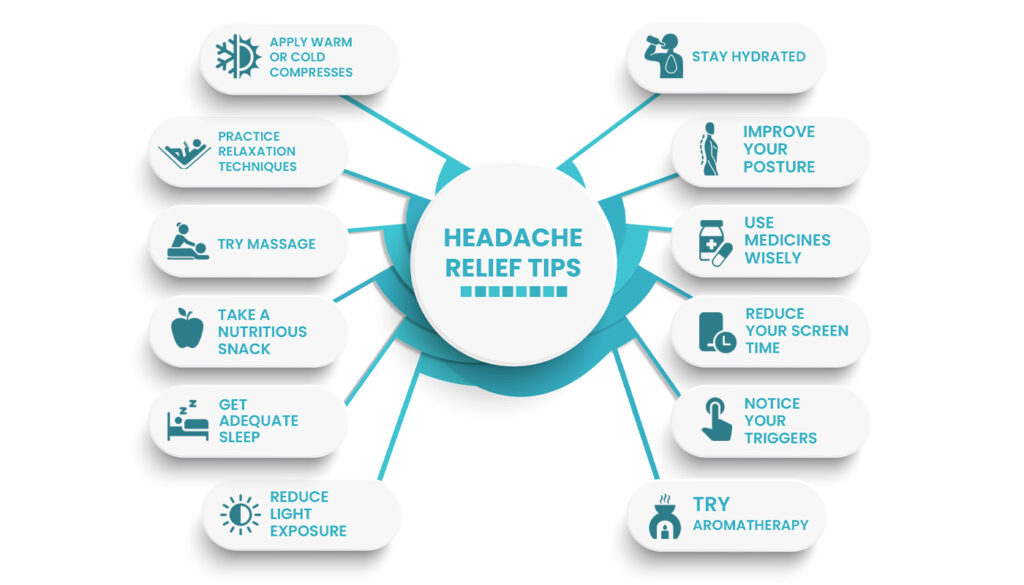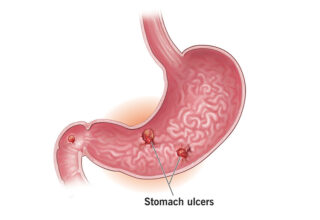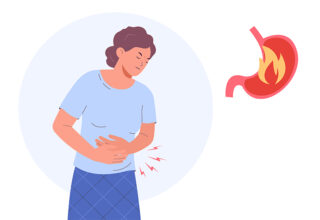Are you tired of living with headaches? You’re not alone. They are one of the most common health complaints that affect millions of people worldwide. They can be debilitating and disrupt your daily routine. The good news is that there are many natural remedies you can try to relieve your headache and even prevent it.
In this blog, we’re going to explore the most effective, natural, and easy headache relief tips, so you can get rid of your headache and improve your overall quality of life.

1. Stay Hydrated:
Dehydration is a common cause of headache. When your body does not get enough fluids, it can cause your brain to temporarily shrink. This causes your brain to pull away from your skull and puts pressure on the nerves around it, leading to pain and discomfort.
Drinking enough water can help prevent and ease a headache caused by dehydration. Aim to drink at least 8 glasses of water daily or more if you are physically active, to stay well hydrated.
You can also consume water rich foods like fruits and smoothies that can also boost your hydration levels.
2. Apply Warm or Cold Compresses:
Warm and cold compresses can provide fast pain relief, depending on the type of headache you have.
If you are having a migraine, cold compresses on the head and neck are really helpful. They cause constriction of blood vessels and reduce inflammation, resulting in pain relief. You can use an ice pack or a bag of frozen vegetables wrapped in a towel, for compresses.
If you are having tension or sinus headache, warm compresses are useful for you. They help to relax tight muscles and clear up nasal passages. You can use a heat pad or warm towel for the compresses.
Apply these compresses on your head and neck for 15 minutes and remove them for 15 minutes.
3. Practice Relaxation Techniques:
Stress is a significant trigger for headaches, particularly tension headaches. You should try relaxation techniques to relieve and prevent them. These techniques help in reducing the severity as well as frequency of headaches overtime. You can try relaxation techniques like;
- Deep breathing. It activates your body’s relaxation response, lowers your heart rate, and reduces stress.
- Yoga. It combines gentle movements with mindful breathing, improving flexibility while releasing tension in your muscles.
- Meditation. It helps center your thoughts, promoting emotional balance and mental clarity.
- Progressive Muscle Relaxation. It teaches you to systematically tense and then relax your muscles, and helps in easing stress-related pain.
4. Try Massage:
Built up tension in your muscles, especially around your head, neck, and shoulders can also lead to headache. One of the most effective and immediate ways to find relief for this type of headache is targeted massage.
Massaging specific points like temples, forehead, jaw and neck can help relax tight muscles and improve circulation. Try to focus on these specific areas for massage to release muscle tension in head, neck and eyes;
- Area between the eyebrows
- Base of the eyebrows near nose bridge
- Neck near the base of the skull
Use gentle, circular motions with your fingertips. Even a few minutes of mindful massage can make a big difference.
You can enhance the experience by using essential oils like lavender or peppermint for an added calming effect.
5. Take a Nutritious Snack:
Skipping meals or prolonged fasting can cause your blood sugar levels to drop, leading to headache, fatigue, and irritability.
Try taking a snack rich in proteins and carbohydrates, such as a handful of nuts with whole grain crackers, and greek yoghurt with berries. They can help regulate your blood sugar level and relieve your pain.
To prevent these headaches, avoid skipping your meals even if you don’t feel like eating. Don’t wait to eat until you are starving, try taking small and frequent meals throughout the day.
6. Get Adequate Sleep:
Sleep plays an important role in your body’s healing and regulation process. Lack of sleep or irregular sleeping patterns can also result in headaches. If you are suffering from a headache try sleeping for some time, as resting might relieve your pain. On the other hand, don’t sleep for too long as it can also trigger a headache.
Here are a few tips which can help you improve your sleep hygiene;
- Aim for at least 7 to 8 hours of sleep every night
- Create a consistent bedtime routine. Try to go to bed and wake up at the same time everyday
- Make sure your sleeping environment is comfortable. Keep your room dark, cool, and quite for a good sleep
- Create a calming bedtime routine like reading a book or taking a warm shower before going to bed
- Limit your screen time. Try to avoid using your phone, computer, or watching T.V at least an hour before going to bed
- Avoid caffeine or heavy meals close to your bedtime
7. Reduce Light Exposure:
If you are dealing with migraine or a light-sensitive headache, bright light can intensify your pain. Headaches due to migraine causes an increased sensitivity to light, also known as photophobia. Reducing lights around you will help with some pain relief. To manage light induced headaches, you can try to;
- Dim your surroundings by turning off the lights or lowering their brightness
- Use black out curtains on windows to avoid sunlight in the time
- Wear sunglasses when going out, to avoid triggering your pain
- If you have to use a screen, adjust screen settings by reducing brightness, using night mode or blue light filter to avoid strain on your eyes
8. Improve your Posture:
Your posture plays a bigger role in your health than you might think. A poor posture can cause muscle stiffness in back, neck, and shoulders, resulting in headaches. If you often hunch over your desk, or sit for extended periods without moving, you are likely adding unnecessary pressure on your spine and muscles.
Here is how you can improve your posture and reduce the risk of headaches due to poor posture;
- Try to sit with your back straight and your shoulders relaxed
- If you sit for a long time, try to take a break after some time to get up and stretch, this will help relax your muscles
- Use ergonomic furniture and tools like adjustable chair with lumbar support
- Position your monitor (screen) at eye level to avoid leaning forward or looking down which can strain your neck and shoulders.
9. Try Aromatherapy:
Aromatherapy is a natural healing practice that explores how specific scents affect the brain and the body. It can trigger calming, soothing and even pain relieving responses which can help relieve headaches and promote relaxation.
There are certain essential oils that are particularly known for their headache relieving properties such as;
- Peppermint oil
- Lavender oil
- Eucalyptus oil
These can be used in a variety of ways; diffused into the air, inhaled directly, or diluted and applied topically on the temples, neck, or wrists.
Aromatherapy can offer a simple and natural way to reduce the frequency and intensity of your headache.
10. Use Medicines Wisely:
Over the counter painkillers like ibuprofen, aspirin and acetaminophen can help relieve your pain. However, excessive or overuse of these medicines can cause a rebound headache.
Remember to follow your doctor’s prescription or dosage instructions on the bottle carefully, to avoid these headaches.
11. Reduce your Screen Time:
Flickering light from the computer screen can also trigger a headache. Long hours in front of a screen can cause strain on your eyes leading to a headache.
To reduce screen-related headaches you can take these practical steps;
- Limit your screen time whenever possible
- Adjust your screen settings such as lowering the brightness, enabling night mode, increasing the text size, to reduce strain on your eyes
- Use anti-glare screens or filters to minimise reflections
- Choose day-light spectrum fluorescent bulbs to reduce eye strain
- Blink more often to avoid drying out your eyes
12. Notice your Triggers:
Identifying the factors that trigger your headache can help you prevent them. Everyone has different triggers, it is good to make a diary and keep a record of what you were doing or eating after which you developed a headache.
Here are some common triggers you can look for that are known to cause headaches;
- Stress
- Sleep disturbance
- Bright lights
- Foods such as; chocolate, nuts, cheese, caffeinated drinks, ice creams, and nitrate containing foods such as hot dogs and sausages
When to See a Doctor:
You should see your healthcare provider immediately if you are having;
- A headache after a head injury
- A sudden severe headache
- A headache with dizziness, confusion, or other neurological symptoms
- A headache that is getting worse even after taking pain relieving medicines
Final Thoughts:
Living with frequent headaches can feel exhausting. However, by understanding your body, identifying your personal triggers, and incorporating simple and natural pain relief tips in your daily life can help alleviate your symptoms and take control of your well-being.
With patience, persistence and the right approach you can manage your headaches and even say goodbye to them!
If you are having a headache and finding it difficult to attend school or work, and need a sick note to communicate your absence, you can get a sick note online within a few minutes by an EU licensed doctor, from the comfort of your home.








